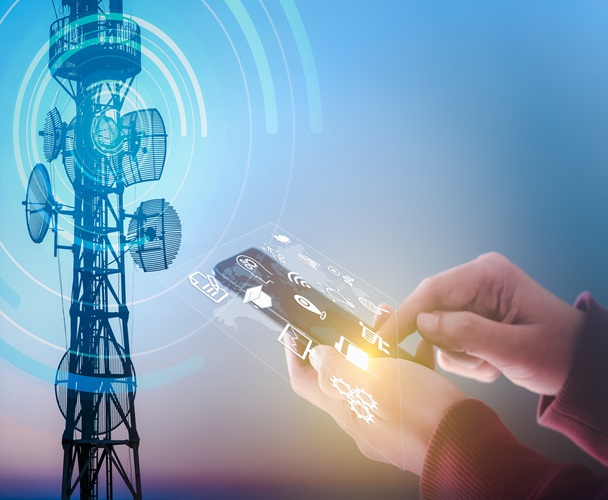Press Contact:
Let’s face it. America’s infrastructure is ageing and with age comes the potential of for disasters like water main breaks. It really is not a matter of if, it is more of a matter of when. Those linear ticking time bombs resting 10 feet before our feet could spring a major leak at any given moment. One of the most dauting tasks of any municipal water district is to quickly recognize and fix these water main breaks as quickly as possible. Very often this means waiting for the water to come gushing up from the ground like Texas tea or a neighbor nearby calls the department to say, hey, there is a small lake building in the middle of the street!

What if you could be alerted to these breaks long before anyone notices, saving you thousands of gallons of lost water? LEC’s Pressure Monitoring solution has the capabilities to quickly transmit alerts when a tremendous drop in pressure has been reached but not all breaks are that easily recognized. Sometimes those drops of pressure are more moderate than severe.
Pressure monitoring provides a water district with two things: Operational Data and Data Collection. For data collection, you are taking the pressure readings reported over a given period of time to ensure the water system is properly providing the adequate pressure throughout the system so when the water reaches a resident’s facet, it’s not slowing tricking out into their sinks.
The other side of pressure monitoring relates to collecting operational data. What does this mean? It simply means being able to recognize a potential water main break when the pressure only drops by a small amount. When a pipe breaks, you would expect to see a tremendous drop in psi but that might not always be the case. If the pressure sensor is placed much further away than where the break occurs, the pressure may drop by only 10 or 20 psi, which is not a threshold that would normally be a cause for alert but, in this case, actually is.
A perfect example of this is something that happened to me recently. I have an LEC pressure monitoring endpoint connected to a hose spigot attached to my home. The pressure reading on the gauge is usually around 60 to 70 psi.


When I turn the hose on to wash the car or water the lawn, the pressure drops to 20 psi and, after a few minutes, I am alerted that there has been a drop in pressure. A few weeks ago, the vacuum breaker on the water spigot cracked and water was quickly shooting out the top. I was completed unaware this had happened and I never received an alert that my water pressure had dropped because my water pressure was maintained enough that my sensor did not know there was a break. The pressure only dropped by 10 psi. This did not mean that the endpoint malfunctioned or not operating as it should. This simply came down to thresholds that I had set that it would only report significant drops in pressure, not moderate drops.
Luckily, I happened to be near by and was able to turn the water off before too much was lost but what if it this happened during the night or maybe I was not at home? I would never have known this was happening. Imagine if this were miles and miles of municipal water pipelines. The very same could happen and you would none the wiser, especially in more rural environments where there is not a lot of people around to notice when these breaks occur. Thousands, if not millions, of gallons in water is now lost.
How can a municipal water district recognize these more quickly and easily? This is where LEC’s iQ2 Pressure Monitoring Solution can help. First thing is to establish a baseline with how much pressure the water system provides at any given spot along the pipe when operating conditions are normal. The trending tools that LEC’s iQ2 provides can assist in establishing this baseline. What is the expected psi when everything is running “normal”.

Once a basic pressure baseline is established, the LEC GP-CEP-100P pressure monitor endpoint can then be setup to recognize these smaller drops in pressure and send alerts when those thresholds are met. This could save a municipal water district thousands in lost water revenue all due to the pressure not dropping by 30 or 40 psi which is a clear indication of a break but rather only by only 10 or 15 psi.
![]()
iQ2 Pressure Reading
The water infrastructure in the US is extremely delicate and breaks are inevitable but how quickly we respond to those breaks makes a tremendous difference from it being a major disaster or a simple minor inconvenience. LEC’s Pressure Monitoring solution can help provide the needed monitoring that makes the latter more probable. After all, nobody wants to feel under pressure.
Matt Crites
Senior Sales Engineer




